A Shot In The Dark: American Luminous Gun Sights In WWI
“The complexity of the present war, resulting in the various specialized vocations of the modern soldier, has created a need for many new items of equipment and necessitated a change in design of much of the old standard equipment. The Ordnance Department has conducted many tests of new inventions and devices, and investigations into the suitability of standard equipment.”
—Equipment Section, Engineering Division, AEF Command 1918
The ability to shoot effectively in the dark or low-light conditions is not a new concept. During World War I, many of the European combatants developed illuminated gun sights. Some experiments were made using small electrical lights, but these proved cumbersome and impractical. The most effective were the “self-illuminating” style sights that used radium paint.
- Buy All-American!
- Bring health and vitality back to your body with these non-transdermal patches
- Get your Vitamin B17 & Get 10% Off With Promo Code TIM
- How To Protect Yourself From 5G, EMF & RF Radiation - Use promo code TIM to save $$$
- The Very Best All-American Made Supplements On The Maret
- Grab This Bucket Of Heirloom Seeds & Save with Promo Code TIM
- Here’s A Way You Can Stockpile Food For The Future
- Stockpile Your Ammo & Save $15 On Your First Order
- Preparing Also Means Detoxifying – Here’s One Simple Way To Detoxify
- The Very Best Chlorine Dioxide
- All-American, US Prime, High Choice Grass-Fed Beef with NO mRNA, hormones or antibiotics... ever!
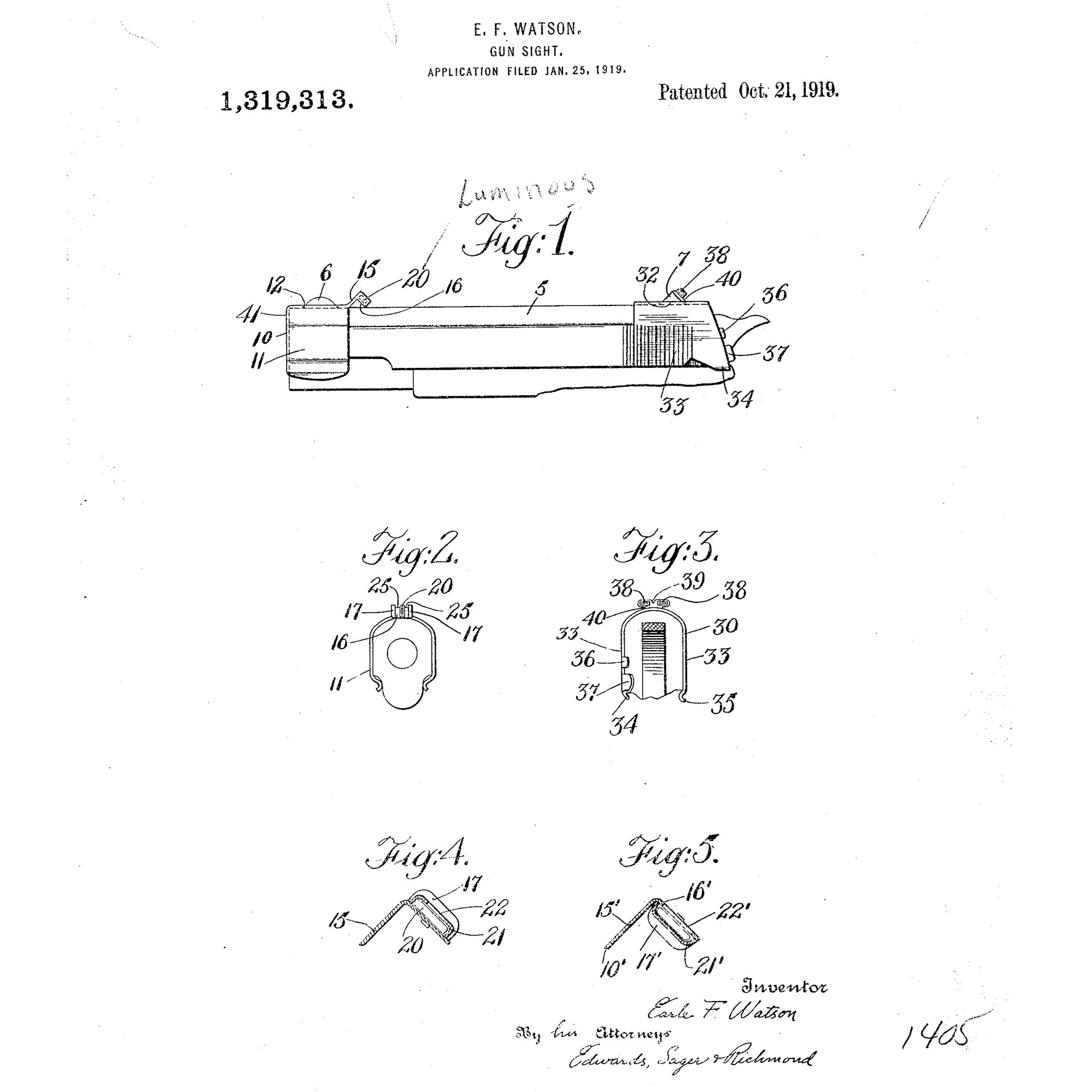
A Glow-In-The-Dark Radioactive Solution
Luminescent paint was developed early in the 20th century and was widely applied to a wide variety of instruments, from watch faces and compass faces and, by the beginning of the Great War, to dials in the cockpit of aircraft. One of the prime ingredients of the glow-in-the-dark paint was Radium-226, a substance that emits dangerous gamma rays that can pass through a watch’s glass face and penetrate the skin of the wearer. However, in 1918, the dangers of this radioactive material were little known, and Radium paint was used to create several self-illuminating gun sight designs for American firearms.
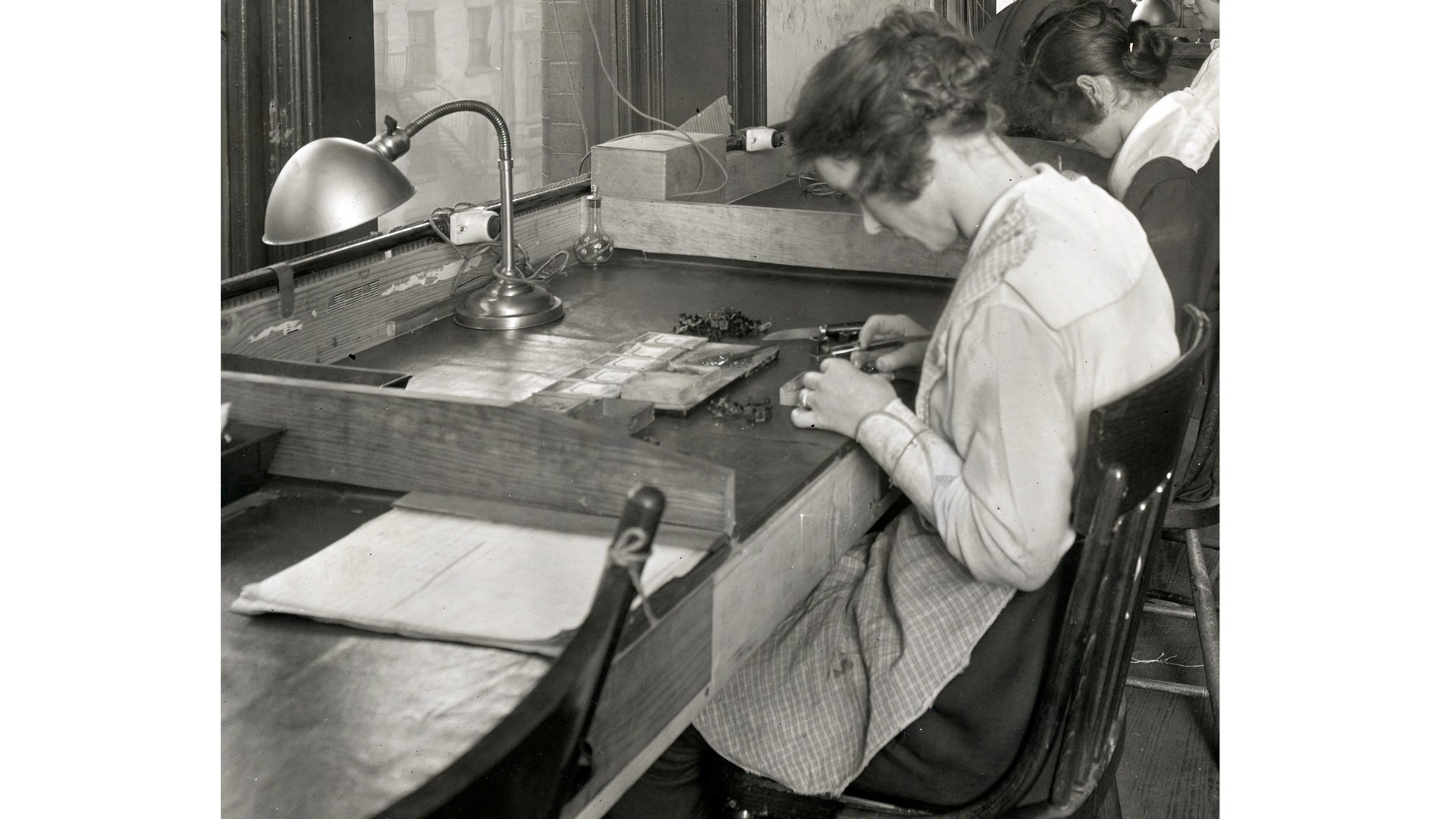
The Radium paint produced a glowing light in varying colors, based on the “activator” metal that was added to the mix, including green (using copper), blue-green (using silver), and yellow (using copper/magnesium). Despite the radiation, the luminescent paint produced a light strong enough to be useful to the shooter (yet not ruining his night vision), but not bright enough to be detected by the enemy. The paint components lose their luminosity within a decade or two, but since the Ra-226 isotope has a 1,600-year half life, the gun sights remain radioactive long after the pages of the war’s history books have faded. While World War I-era luminous gun sights may no longer glow in the dark, they still excite a Geiger counter.
The Watson Luminous Gun Sight Company
During 1918, the U.S. military contracted for a tremendous number of new and experimental systems, including “luminous sights” for small arms. A primary contractor for these sights was the Watson Luminous Gun Sight Company, Inc. based in New York City.
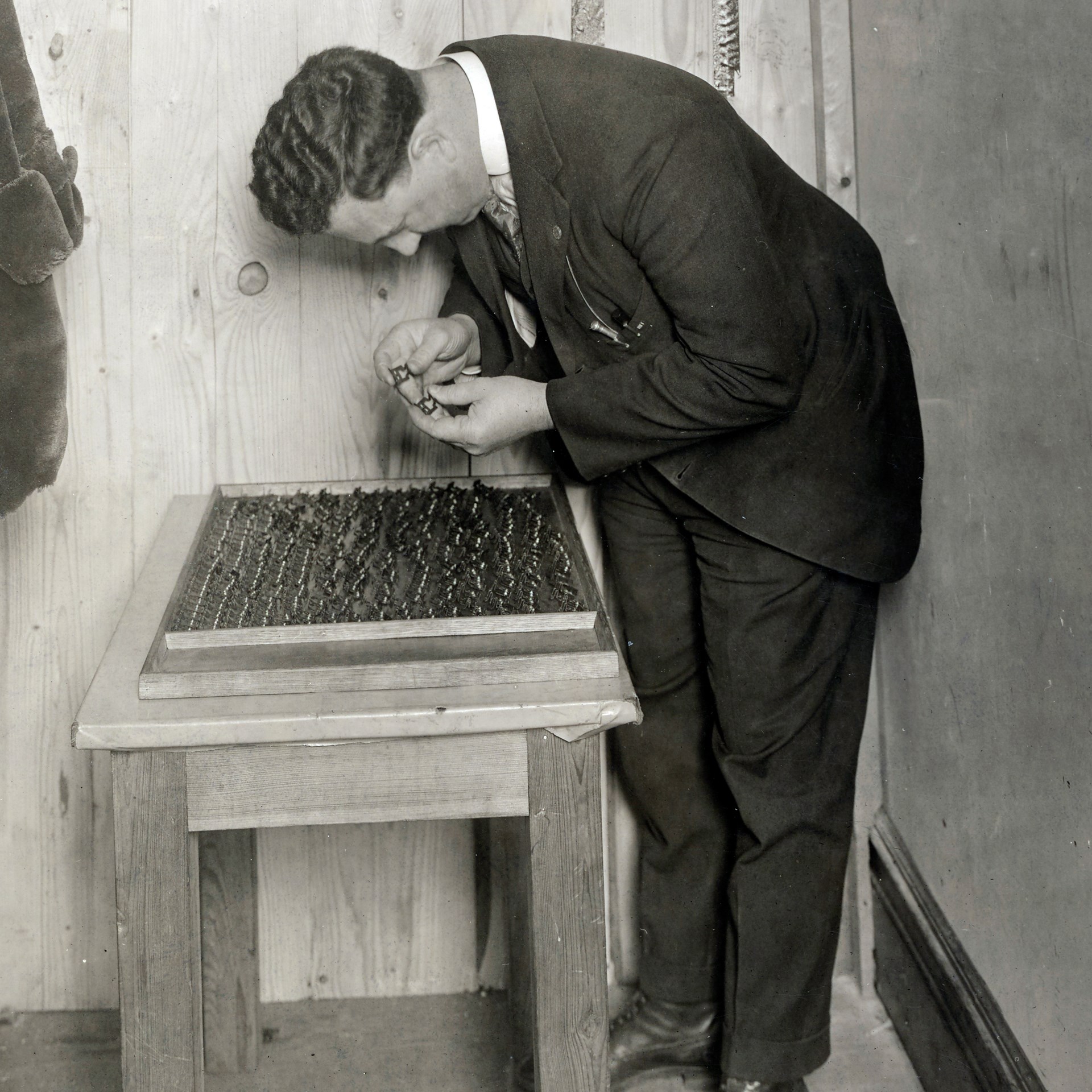
There is little information available about this company that produced multiple sight designs patented by Earle F. (E.F.) Watson of New Jersey. Watson continued developing his designs, and there are patents granted to him in the immediate postwar period. In 1918 the Watson sights were clip or clamp designs intended for the full range of American small arms:
- The M1911 Pistol
- The M1903 Springfield Rifle
- The M1917 Enfield Rifle
- The M1918 Browning Automatic Rifle
- The M1917 Browning Machine Gun
Some of the text from E.F. Watson’s Dec. 6, 1918 patent for a luminous sight for the Browning Automatic Rife describes how it is attached: “Sights.-Relates to luminous night attachments for foresights, and consists mainly in making the attachment with a slot open at the bottom but covered at the top and adapted to fit over and embrace the sides of the day foresight.”
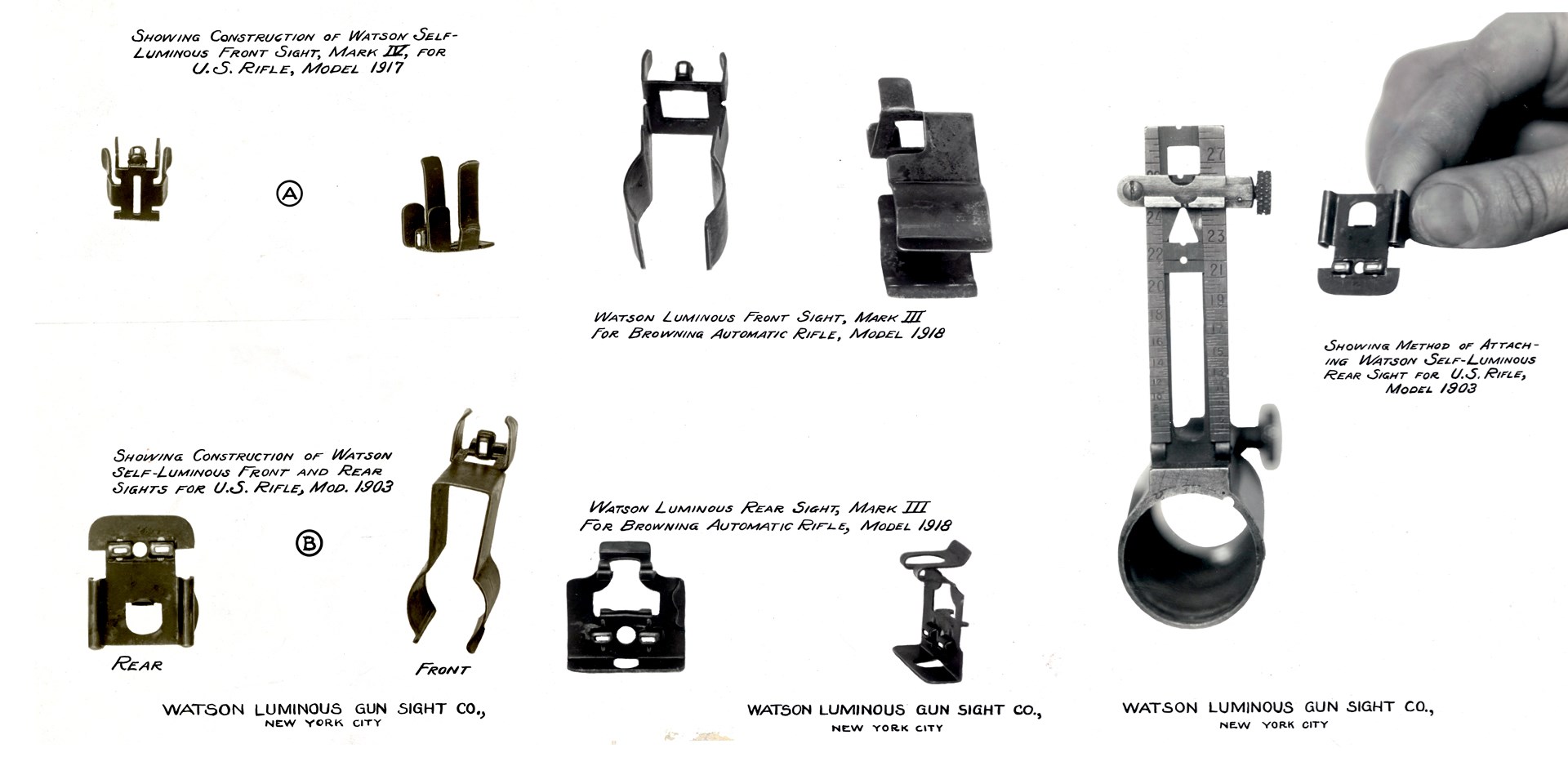
I was able to find images of these sights, but so far I have found no information if they were ever issued or notes on the results of U.S. Ordnance tests. Based on production data contained in the post-war report: “America’s Munitions 1917-1918” by Benedict Crowell, the U.S. assistant secretary of war, director of munitions, it seems that there was an ample amount of Watson Sights (for machine guns) available for testing, but it is unknown if any ever reached the troops in France by the Armistice.
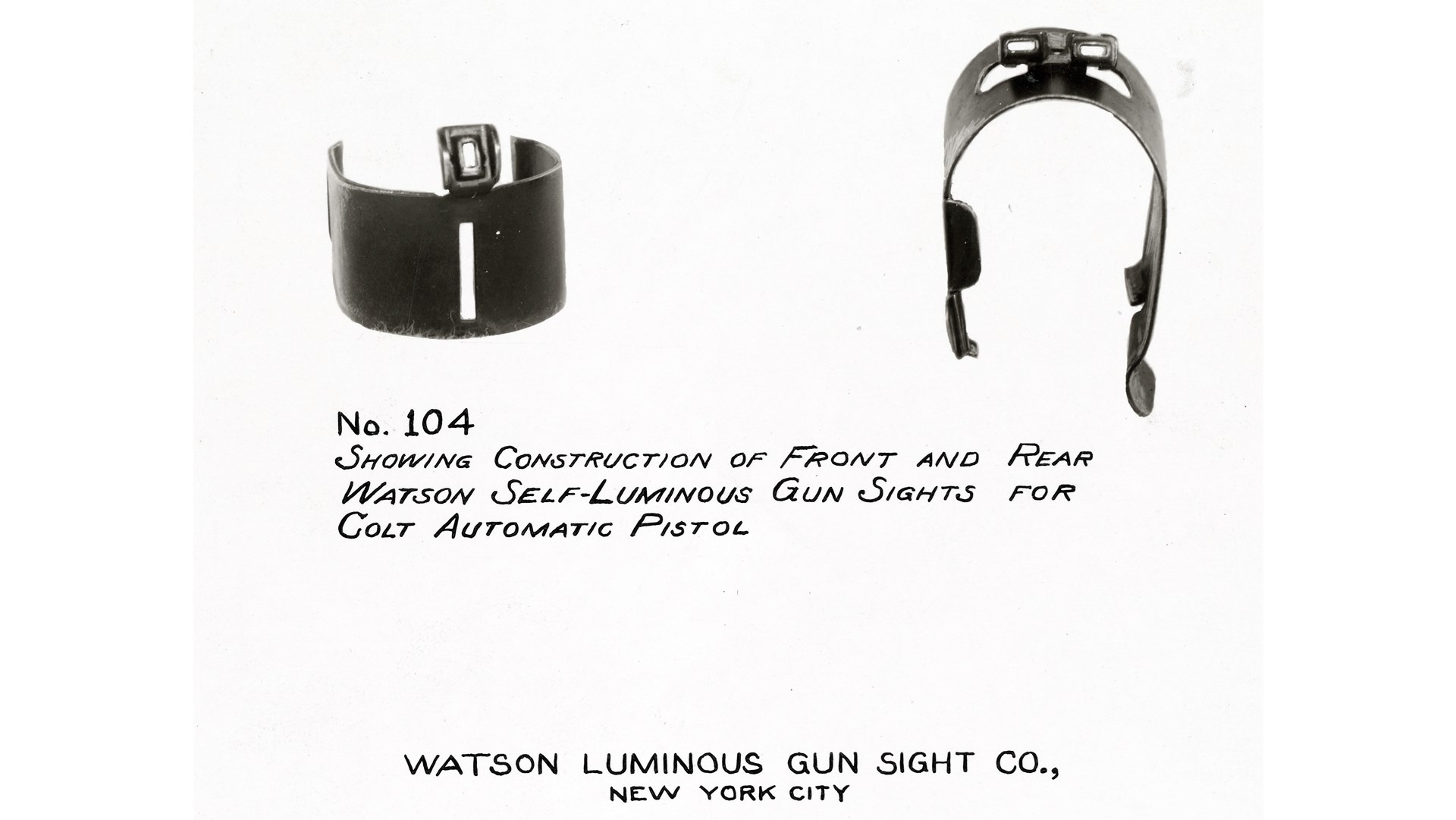
With a total of more than 87,000 Watson sights delivered by February 1919, it is somewhat remarkable that the sights are almost completely unheard of.
Sights, Luminous, for machine gun: Watson Luminous Gun Co., New York
Total ordered: 123,236
Delivered by November 11, 1918: 18,018
Delivered by February 20, 1919: 87,236
The Tragic Tale Of The Radium Girls
The same report also mentions luminous sights obtained from the “Radium Luminous Material Corporation,” but I have not found images of the RLMC sights.
Sights, Luminous: Radium Luminous Material Corporation
Ordered: 1,250
Delivered 1/11/18: 1,215
Delivered 2/20/19: 1,250
Beginning in 1917, the Radium Luminous Material Corporation of Orange, N.J., later called U.S. Radium Corporation, was a U.S. Ordnance contractor producing luminescent instruments—particularly watches. The company created the brand “Undark” while they mined and purified Radium from their own mine in Colorado, using it as a base for a range of luminous paints.
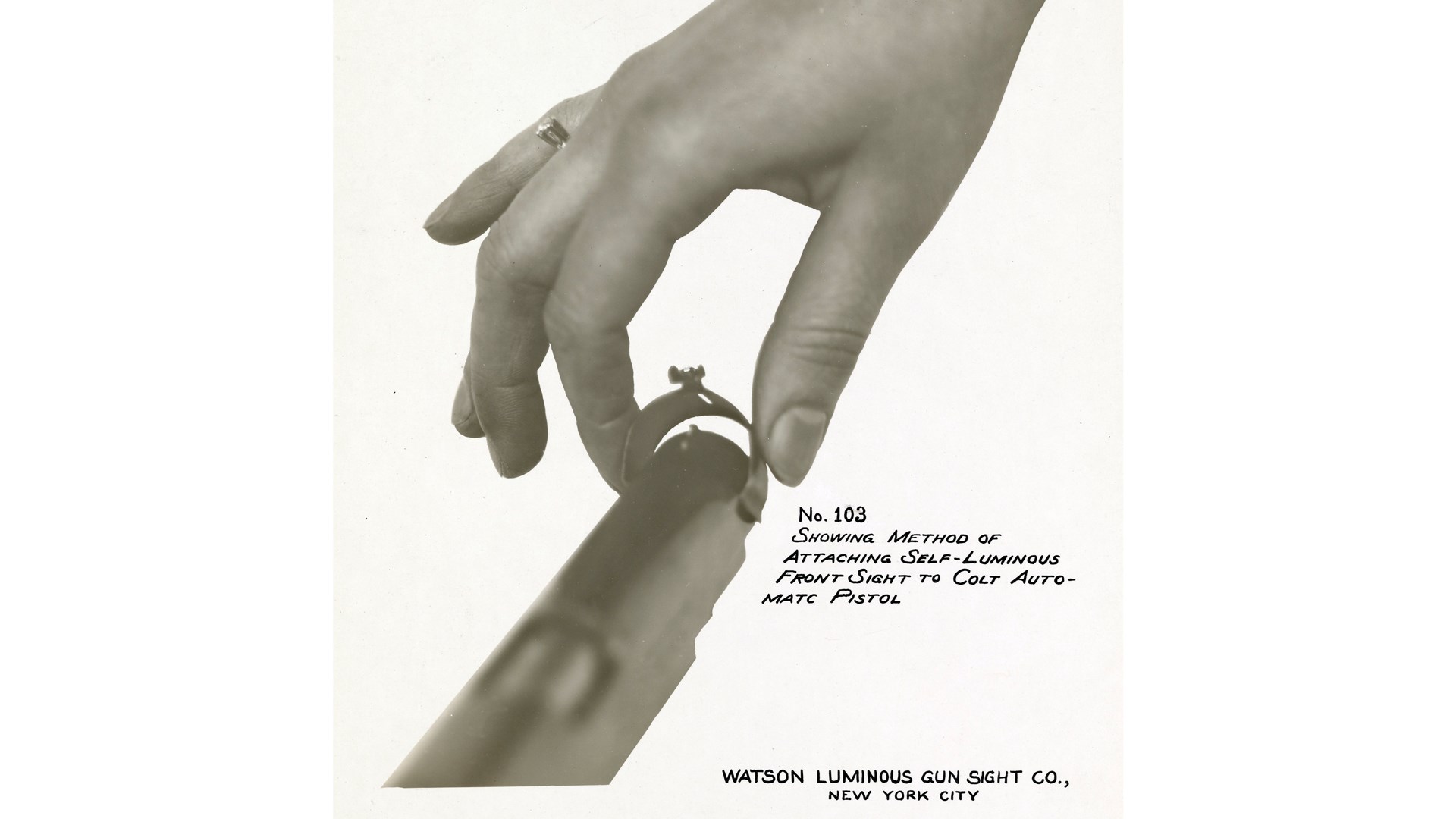
Unfortunately, U.S. Radium misled their workers, most of them women, about the dangers of working with the luminescent paints. Told that the paint was safe, the ladies were also instructed to use their lips as the best way to clean their brushes and give them a fine tip for the detailed work. Some of the women even painted their fingernails with the glowing compound. By 1927, more than 30 of the workers had died from radiation poisoning. In early 1928, a landmark lawsuit began, as several of the workers (called the “Radium Girls”) took U.S. Radium to court. By the end of the year, the Radium Girls had won the case with a financial settlement and opened the door to significant improvements in industrial workplace laws and standards, as well as the expansion of workers’ rights.
Article by TOM LAEMLEIN
Don't forget to like us on Facebook and follow us on Twitter.














